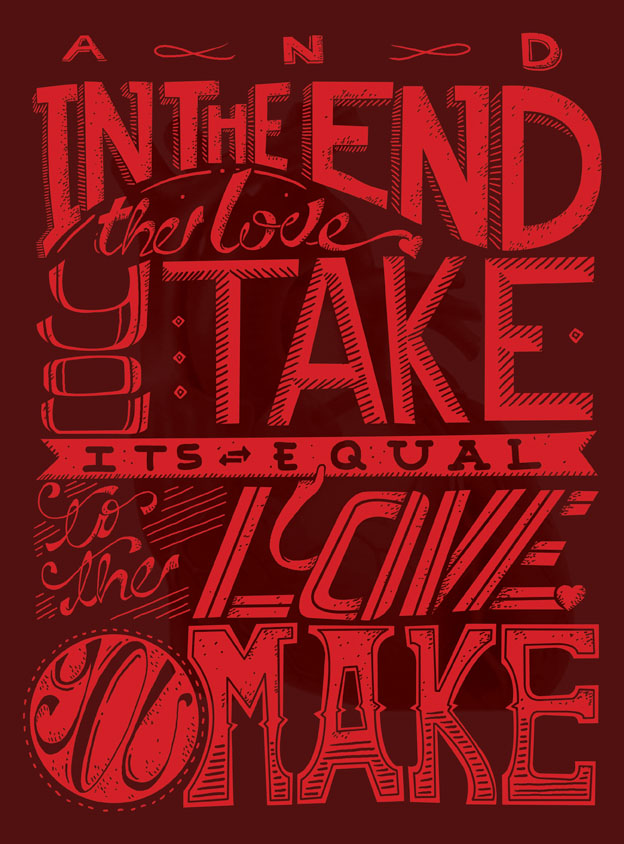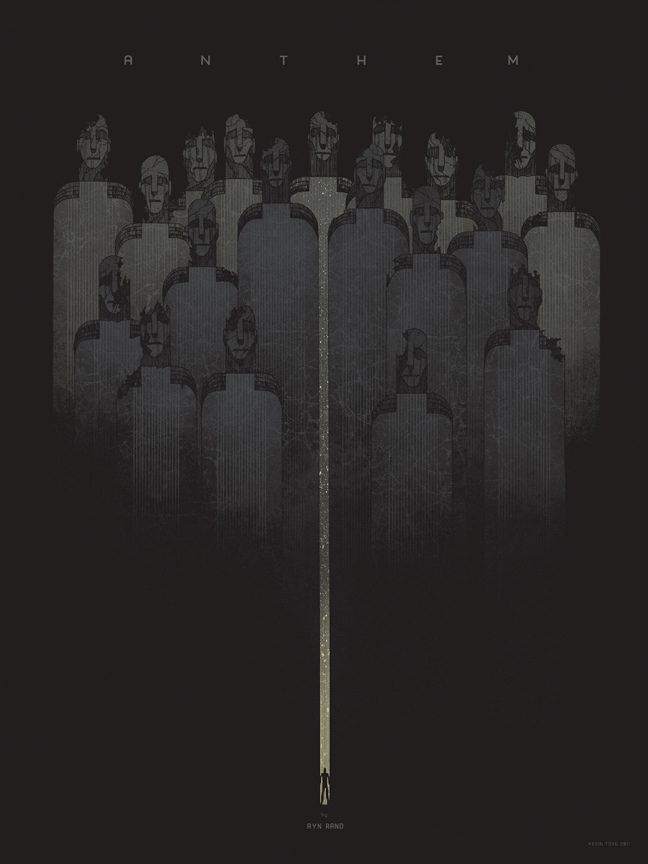"The
powers not delegated to the United States by the Constitution, nor prohibited by it to the
States, are reserved to the
States respectively, or to the people."
When choosing colors for this project, I wanted combinations that would be powerful, leading me to colors that contrasted or complimented each other. I ended up with a dark purple and yellow because, as compliments, they evoke energy from the way they interact. Yellow is also associated with electricity and the sun, which are both linked to power. The typeface is Rockwell, because it is structural and bold. This relates well since I imagine the 10th amendment to be a last effort of the founding fathers to install structure between powers of the federal government and powers of the states.
 |
| Extreme scale differences |
In the first poster, I used the extreme scale to visualize a two-word chant like one might hear at a football game. Here is where I started to realize that the colors look like school colors and the type looks like college logo lettering. Each state has its own sports teams that compete to show who is the best (or who has the most
powerful team/state). Here, the amendment takes on the role of a cheerleader or fan giving the states motivation and power of their own.
 |
| Minimal scale differences |
With minimal shift in scale, I relied more heavily on repetition to convey the amendment's message. Here, the wording of the 10th Amendment makes up the United States, but the words "states" and "powers" are bolded and yellow. They stick out, making their repetition more evident to emphasize that there are multiple states within this country that each have their own rights.
 |
| Use of image |
With imagery now to work with, I decided to take some very recognizable shapes and put them into a ridiculous situation. The states can read as superheroes, rockets, or jets all of which act as symbols of power.
I think all three flyers work in different ways, but the one that is most successful is the third, image-based flyer. With images, this flyer has an extra element to help it out. It includes very recognizable shapes (states) and illustrative elements in the form of jet vapor trails. Seeing the states immediately keys the viewer in on what is the subject. This in conjunction with what the states are doing (flying, rocketing upward) makes it clear that there is a positive message related to the states having some special abilities. The highlighted words ("states" and "powers") reinforce the message as a secondary element.













